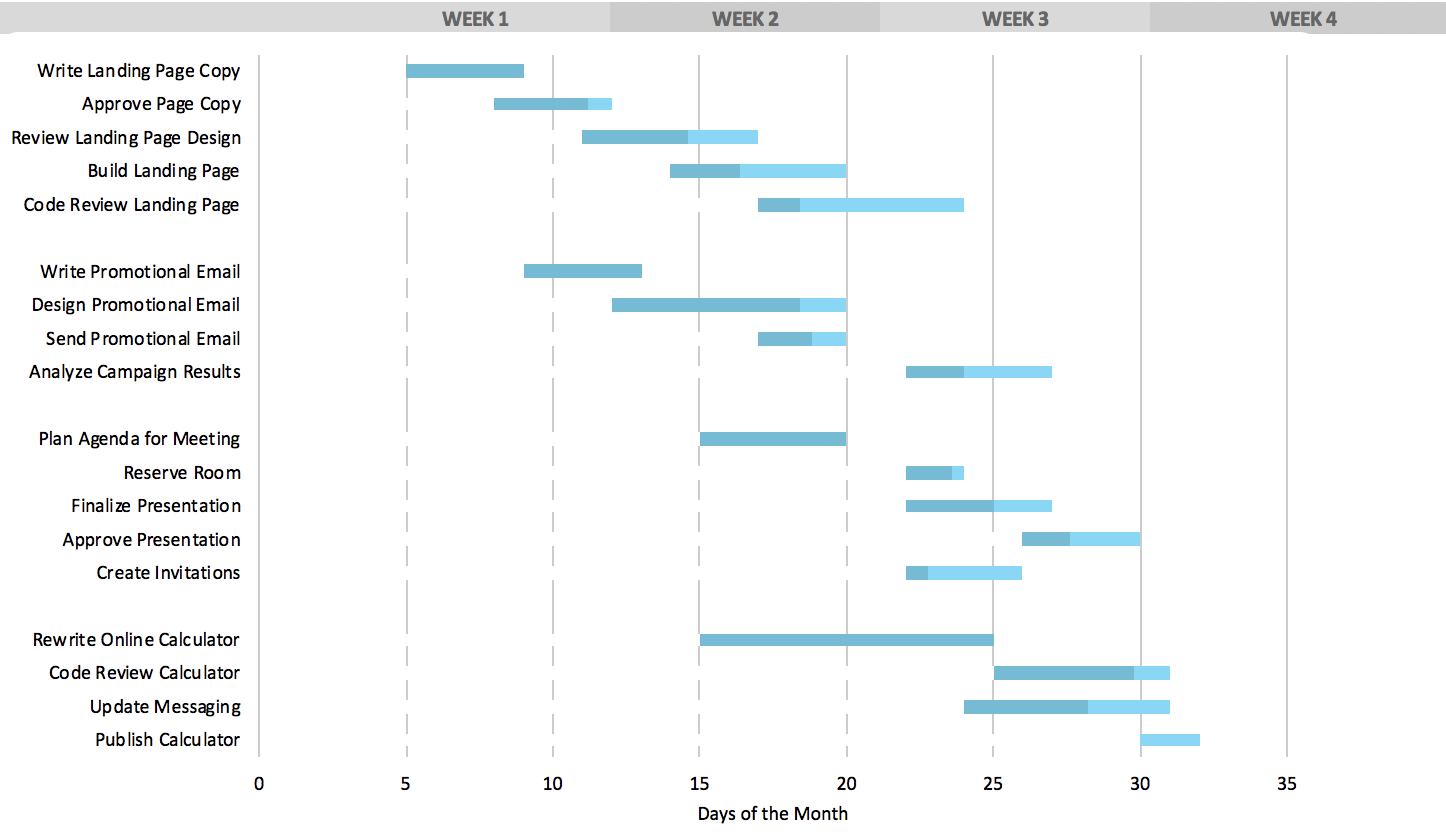Apply These Project Management Techniques in Your Optometry Practice
Technical project management has become extremely useful for technology companies with teams of developers. However, we've seen applications of common project management techniques can be useful for optical businesses as well.
These methodologies break down projects into tasks, resources, stakeholders, and other pertinent information. They can help manage your staff schedule, workflow, and your patient-facing operations. They can also help you incorporate learnings from failures into your workflow seamlessly. Keep reading to see which methodology might work for your practice below.
2 Eyecare Project Management Techniques to Try
 You probably already deploy the classic project management technique: create a plan, create tasks, allocate resources, present the plan to the team, and setup check-ins before the final deadline. However, using agile, waterfall, or kanban methodologies can help when you're implementing a long term project or workflow change that involves complex people, resources, and bandwidth.
You probably already deploy the classic project management technique: create a plan, create tasks, allocate resources, present the plan to the team, and setup check-ins before the final deadline. However, using agile, waterfall, or kanban methodologies can help when you're implementing a long term project or workflow change that involves complex people, resources, and bandwidth.
Agile
This technique is very useful for small teams that need to churn out updates or frequent new products. It's a value-driven method that relies on self-driven employees to continuously improve processes and communication rather than taking a project on step-by-step. It factors in scrums or kanban meetings to make sure everyone is progressing and on-task, rather than 1:1 checkins. In terms of workflow or software changes, agile projects can be more useful in catching errors or optimizations before they become an issue for patients.
Use Case: If you're incorporating a new claims management tool into your workflow, you'll want to make sure the biller's or front desk's needs are defined alongside the needs of the OD before you start connecting it to your existing EHR and practice management software. Then, you can test it internally for deep, actionable feedback. This way, any glitches or missed steps could be caught before rolling it out to your entire patient base. You can start the process over again every time something needs to be fixed or updated.
Waterfall
The waterfall technique simply breaks a project down into parts like dominoes. The sequential parts cannot be started until the part preceding it has been completed. This method can be used in large practices with multiple departments that work together. Visual representations, like the one below, can help to keep your team on track within the waterfall.

Use Case: If you're implementing a discount on all progressive lenses for a short amount of time, you can start with your optical department inputting discount codes and conducting the technical work. The next step could be training your front desk on applying discount codes during checkout. Then, you can create marketing promotions surrounding the sale while training your staff on the messaging. Finally, you can communicate the sale to your patients and monitor its success. Although there can be some overlap with these steps, most of them need to be done by individuals in the correct order.
Keep optimizing your practice to make it the best it can be. Read our ebook "10 Easy Ways to Restore Efficiency" for advice.

